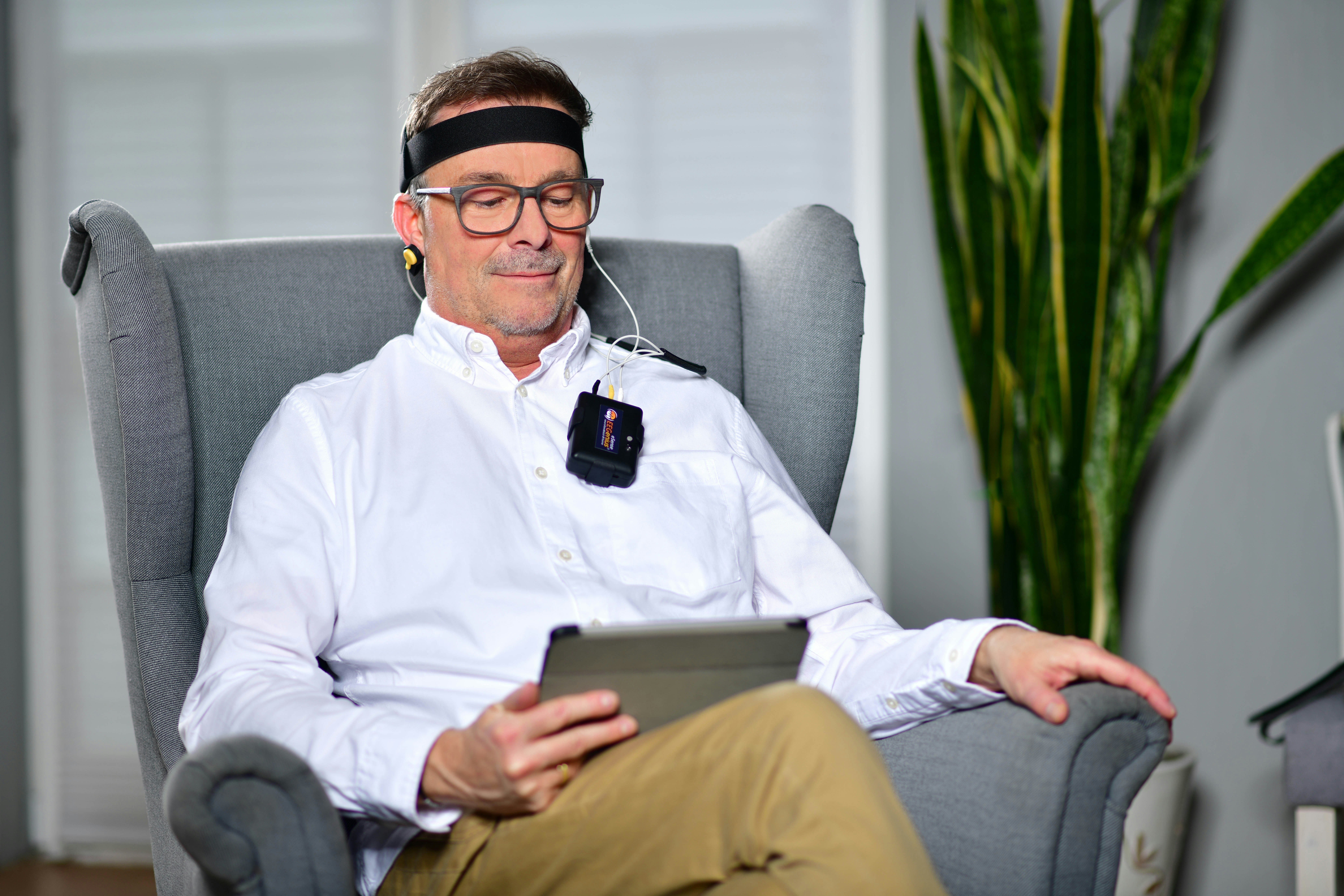As a psychologist, I’ve seen countless clients struggle to find lasting relief from mental health challenges. Neurofeedback is one tool that consistently surprises people with how transformative it can be, not just for those battling addiction, anxiety, depression, or ADHD, but also for individuals looking to optimize their mental performance.
In this article, I’ll break down what neurofeedback is, how it works, and the wide-ranging benefits it offers to people at different stages of mental wellness and personal growth.
What is Neurofeedback?
Neurofeedback, also known as EEG biofeedback, is a type of brain training that helps you learn to regulate your own brainwave activity. It’s non-invasive, drug-free, and rooted in decades of neuroscience research.
During a neurofeedback session, sensors monitor your brainwaves in real time. Through auditory or visual cues (like video games or music that play more smoothly when your brain is in a balanced state), you train your brain to maintain healthier patterns of activity. Over time, this can help retrain neural pathways for improved self-regulation.
Benefits of Neurofeedback for Addiction Recovery
Addiction changes the brain’s reward system and stress response. Neurofeedback helps restore balance by:
Reducing cravings and triggers: By normalizing brainwave patterns associated with impulsivity and compulsion.
Improving emotional regulation: Many people in recovery struggle with anxiety or mood swings; neurofeedback supports a calmer, steadier state.
Enhancing sleep: Sleep disruptions are common in recovery; balanced brainwaves help promote restorative rest.
Supporting long-term sobriety: By addressing underlying stress and dysregulation, it can reduce relapse risk.
How Neurofeedback Helps with Anxiety and Depression
One of the most researched areas for neurofeedback is its impact on mood disorders like anxiety and depression.
Calms an overactive mind: Neurofeedback trains the brain to shift from high-alert, fight-or-flight states to more relaxed, grounded patterns.
Boosts mood stability: By strengthening neural pathways associated with positive emotions and resilience.
Reduces reliance on medication: While not a replacement for prescribed treatment, many clients find they can reduce dosages under medical supervision.
Neurofeedback for ADHD: Sharpen Focus and Self-Control
For ADHD, neurofeedback is particularly well-known:
Improves attention span: Helps the brain spend more time in focused, attentive states.
Reduces hyperactivity and impulsivity: By encouraging calm, organized brainwave activity.
✅ Supports academic or work performance: Many parents and adults use neurofeedback as part of a broader ADHD management plan.
Can Neurofeedback Help High Performers Too?
Absolutely. You don’t need a diagnosis to benefit from neurofeedback. Many high achievers — athletes, executives, and creatives — use neurofeedback to:
Increase mental clarity and focus: Stay in “the zone” for longer periods.
Manage stress more effectively: Train the brain to bounce back from high-pressure situations.
Improve sleep and recovery: Better sleep equals better performance.
Boost resilience and adaptability: A well-regulated brain handles change with greater ease.
Is Neurofeedback Right for You?
While neurofeedback is safe and well-tolerated for most people, it works best when integrated into a personalized treatment plan with guidance from a qualified provider. It’s not an overnight fix, like any training, it requires consistency and practice.
Final Thoughts: Rewiring Your Brain for Better Living
Whether you’re recovering from addiction, managing anxiety or ADHD, or simply aiming to operate at your peak, neurofeedback is an empowering way to take an active role in your brain health.
Ready to learn more? Talk to a licensed neurofeedback provider at Miracles In Action to see if this brain training approach can help you or your loved one live a calmer, clearer, more focused life.


